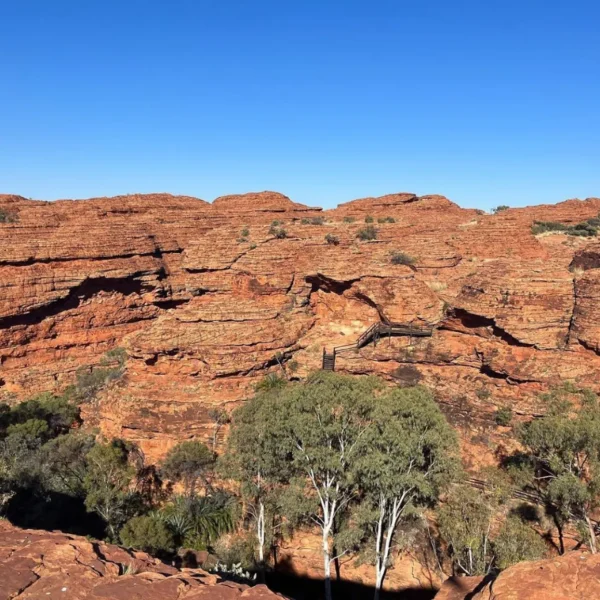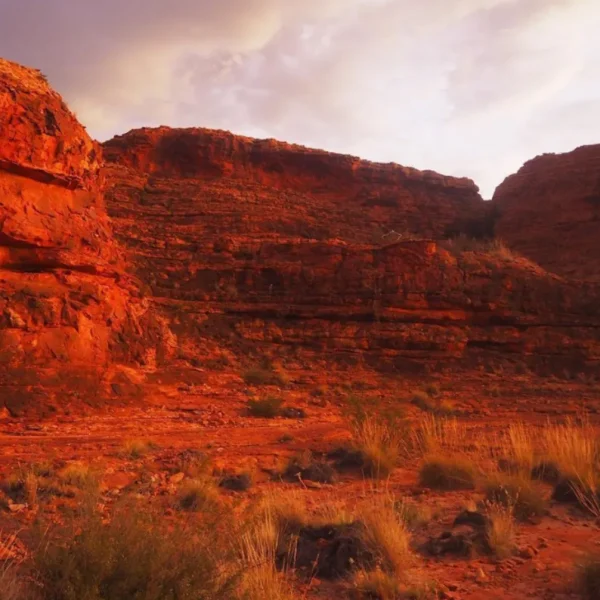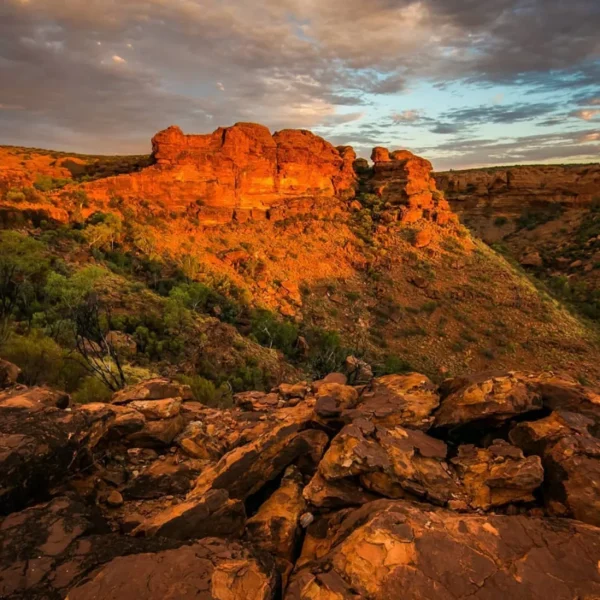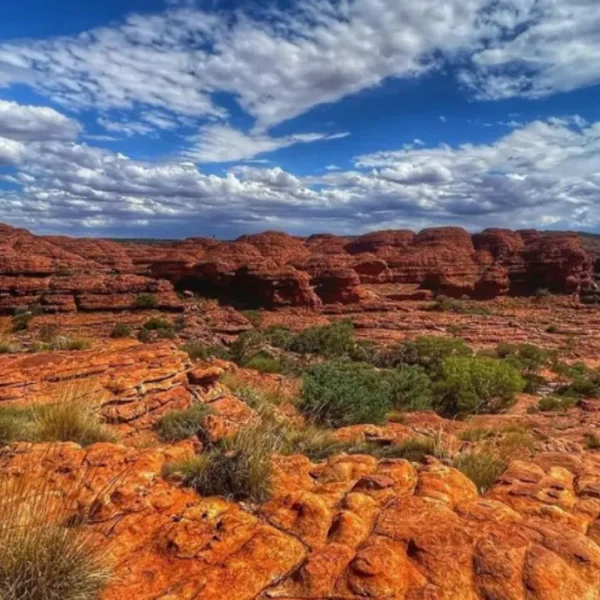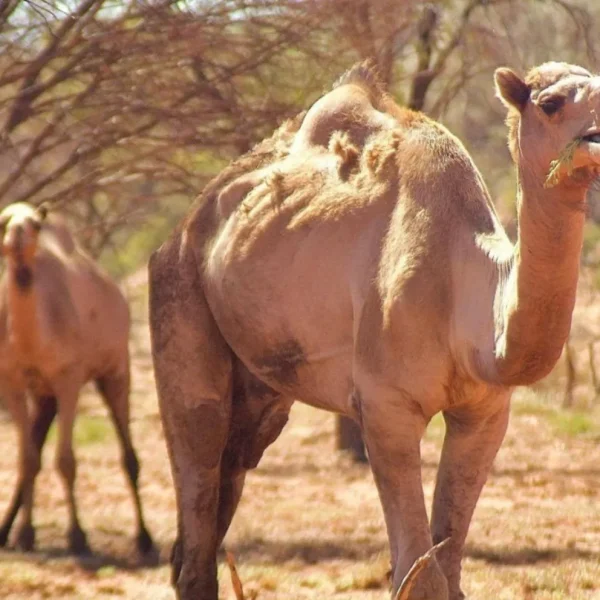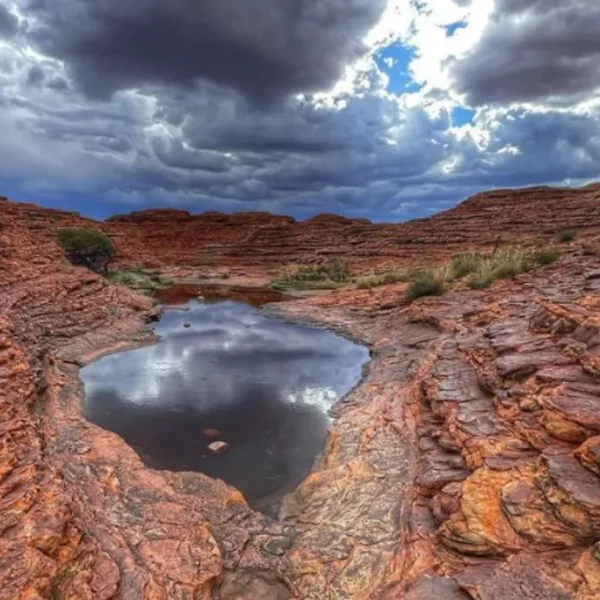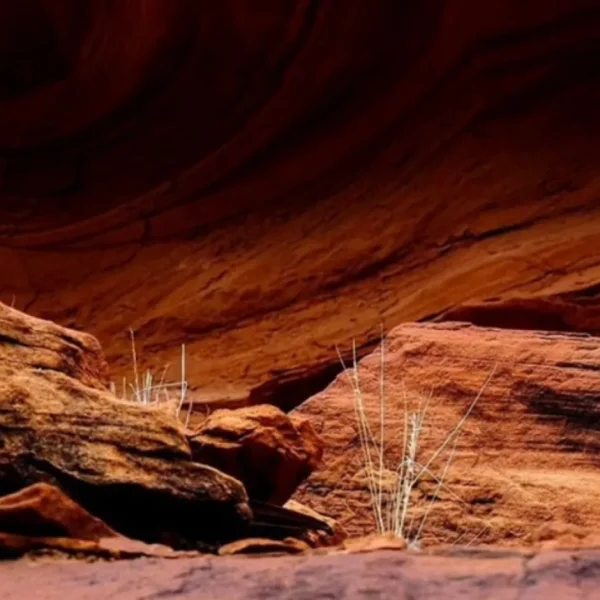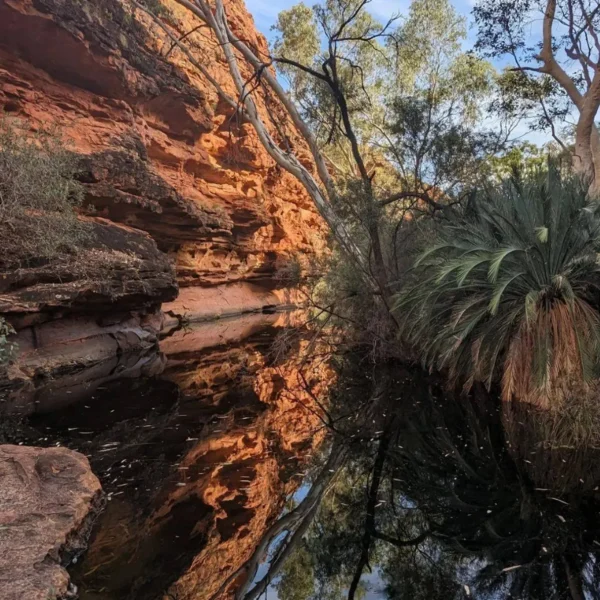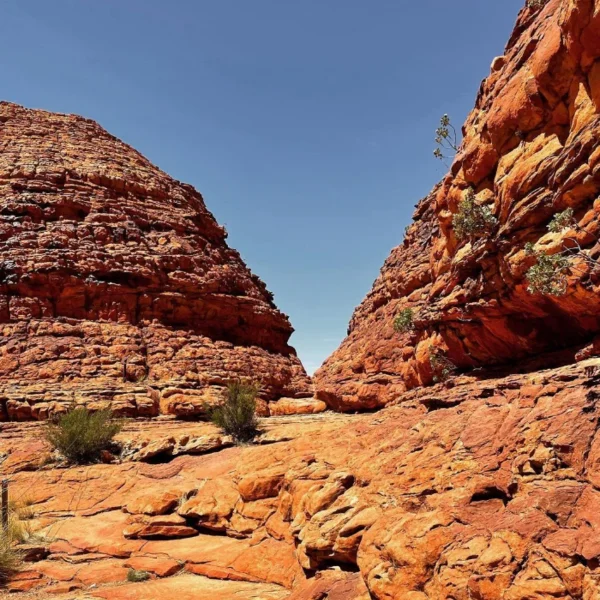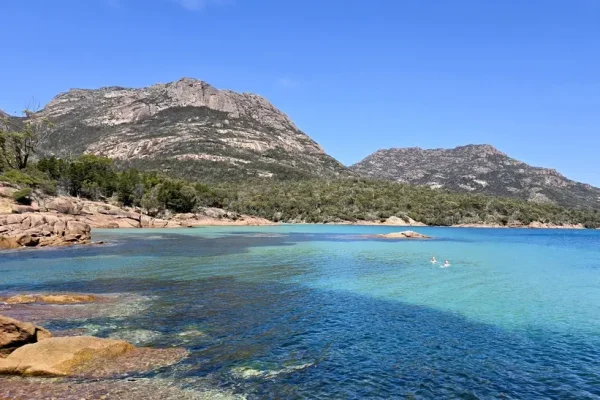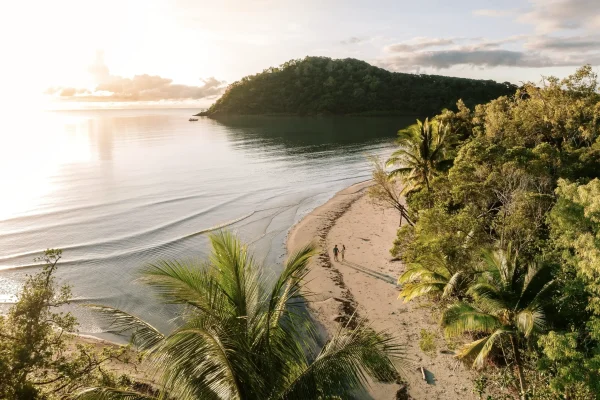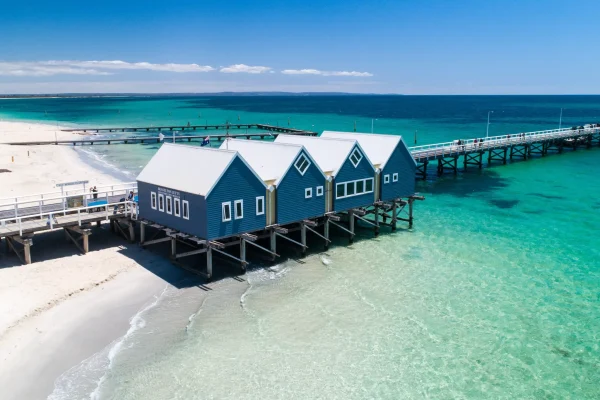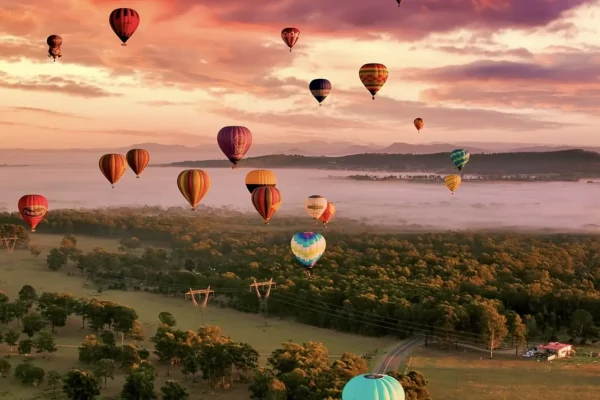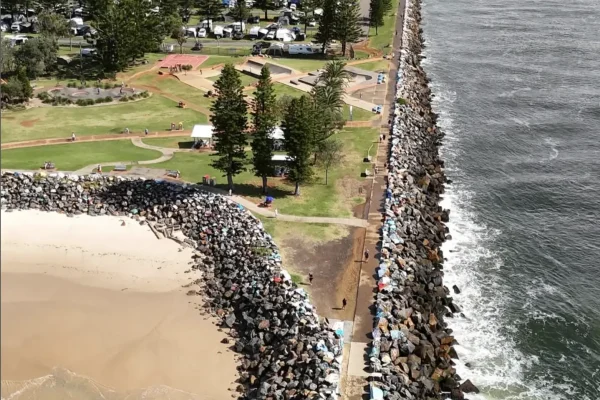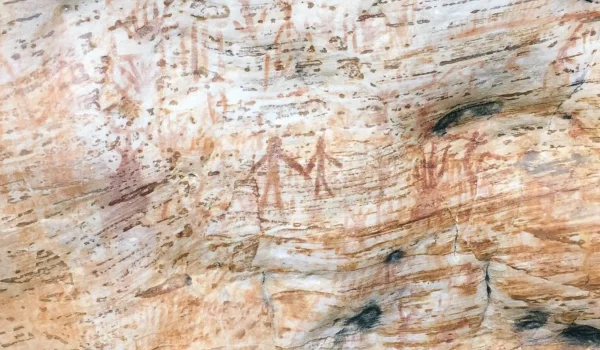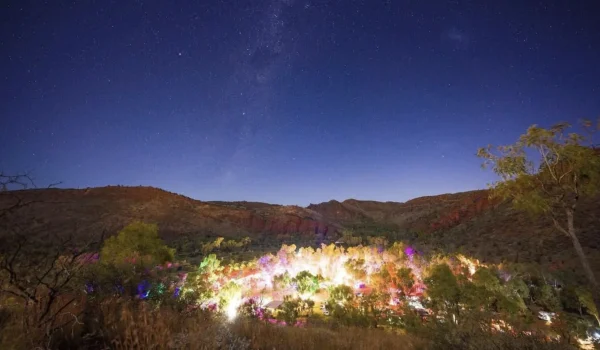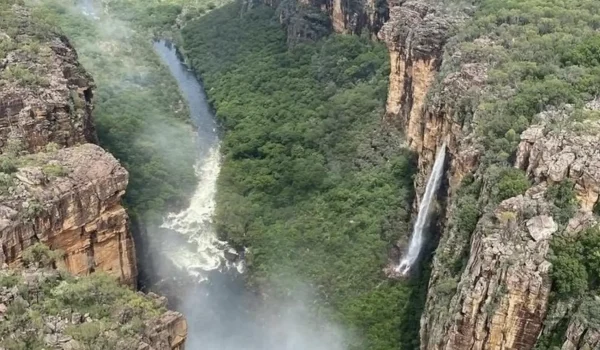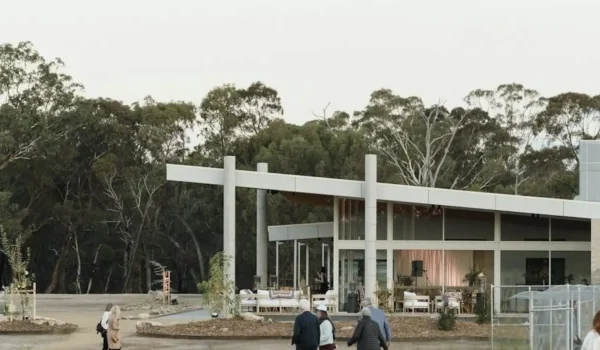Are you ready to plunge right into the Australian outback and discover one of its most famous jewels – Watarrka National Park? Kings Canyon is a breathtaking place in this park; it is not just a geographical name; rather it is a living reminder of how life evolved in Central Australia both naturally and culturally. From the awe-inspiring heights of Kings Canyon Rim Walk to the sereneness seen at Kathleen Springs, Watarrka provides different experiences which can satisfy any traveler.
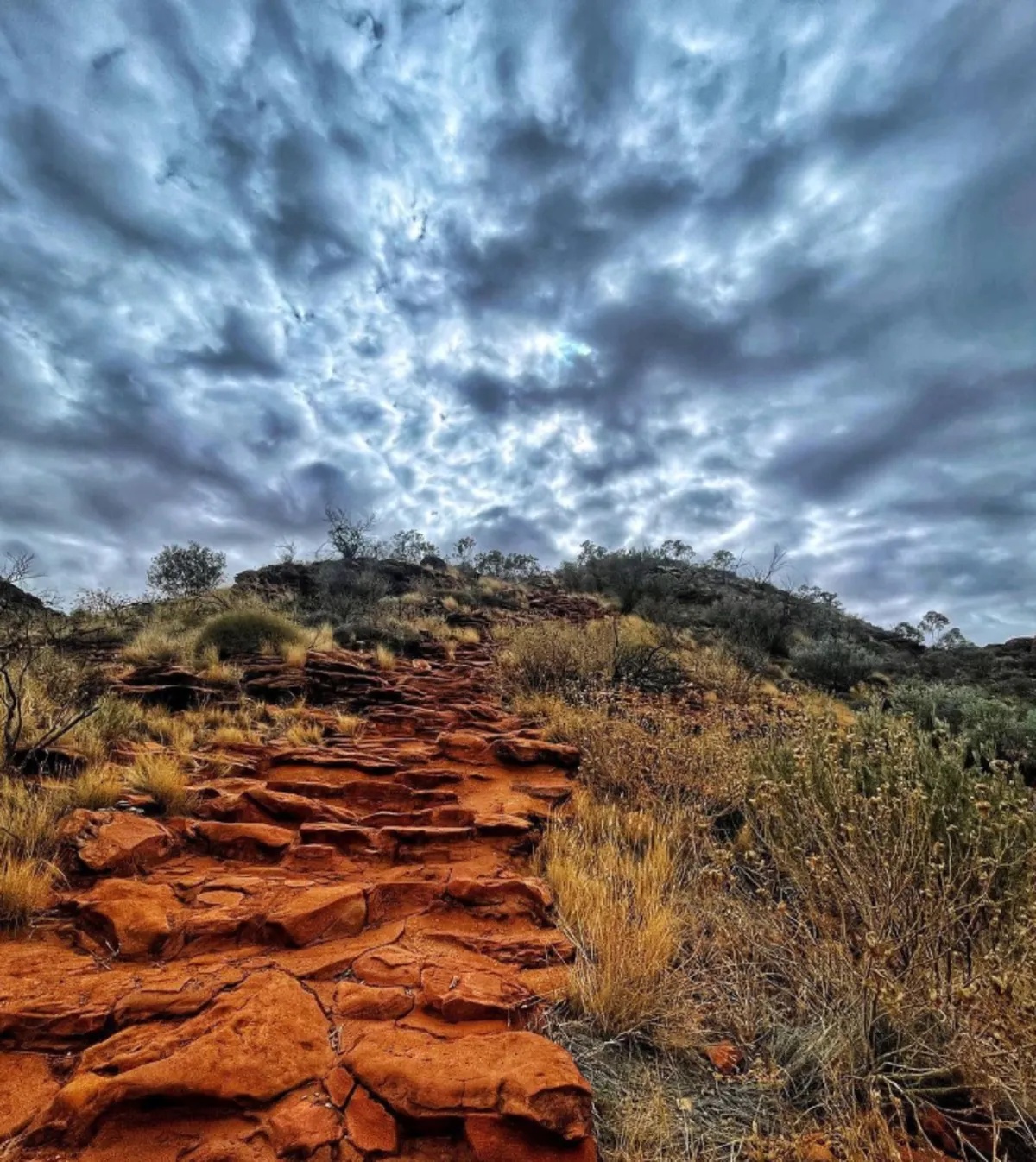
Introduction
History
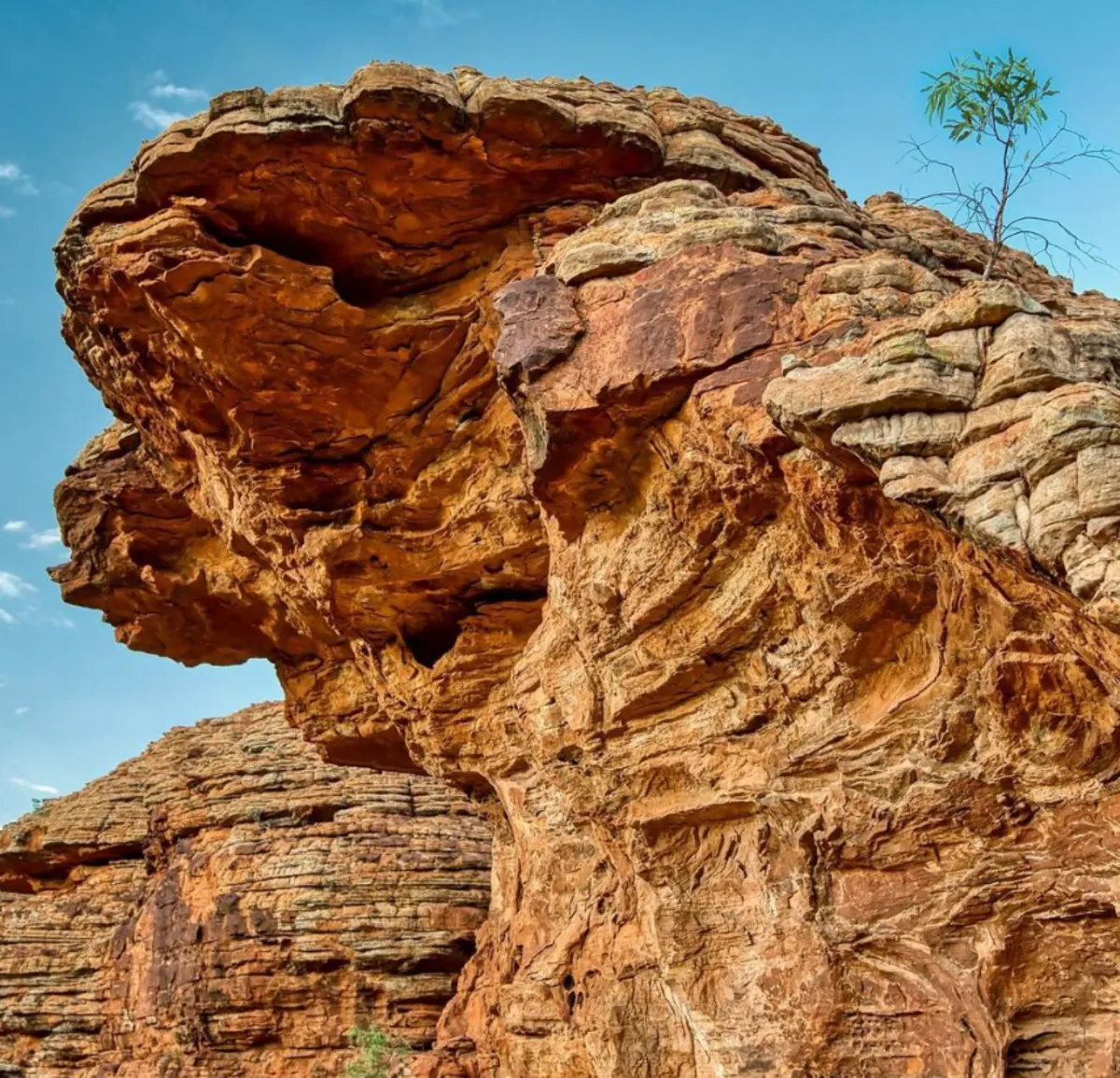
Indigenous Significance
Even before being made into a national park, Luritja people inhabited areas around Watarrka, leaving rich rock art tapestry plus cultural sites still recognized up to date. These sites offer great insight into spiritual as well as practical relationships between aboriginal people and this australian landscape.
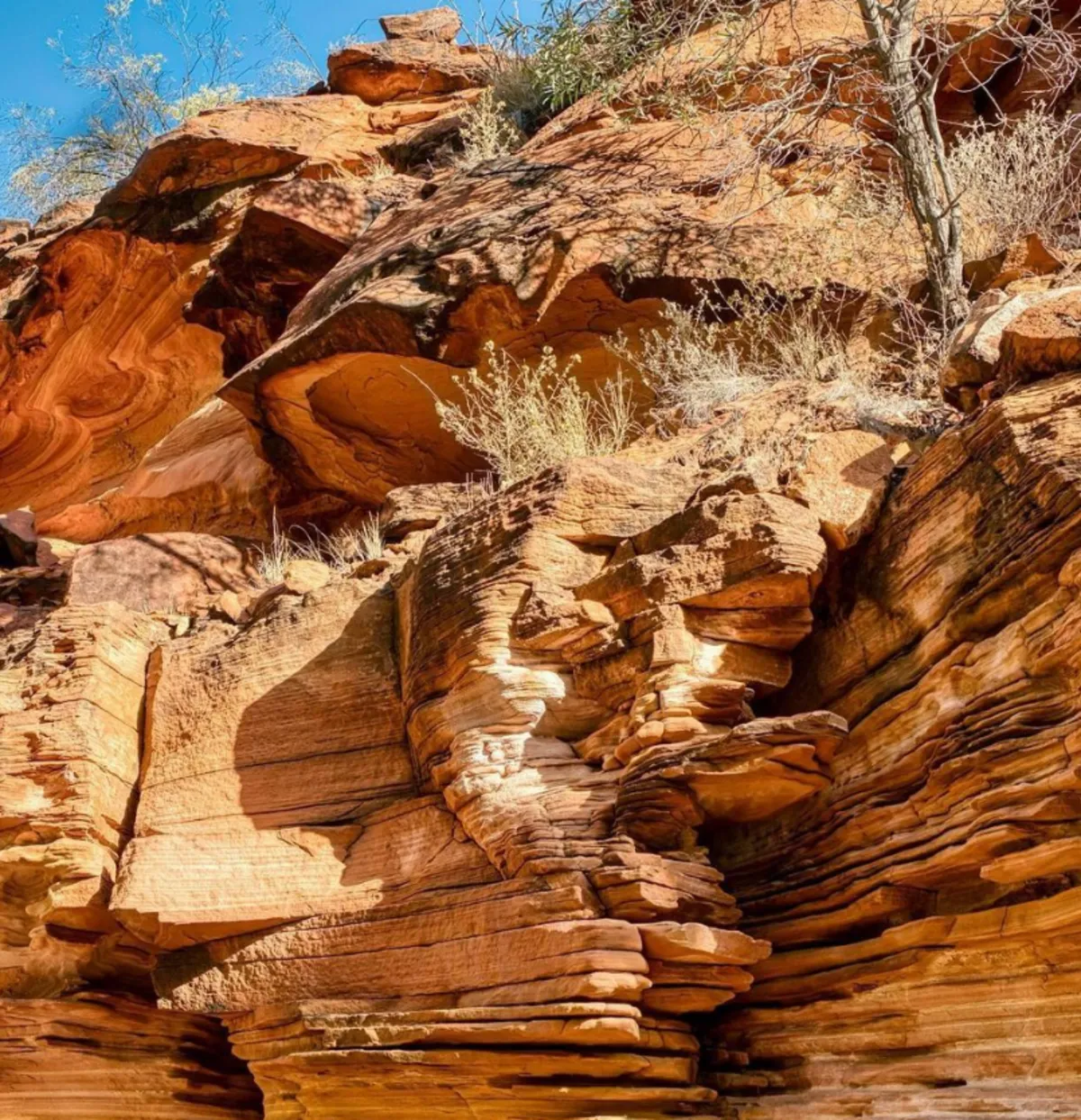
How to Get There
Best Travel Time
Selecting appropriate time for visiting Watarrka National Park can greatly improve your whole experience. The area experiences hot summers and mild winters which means that most tourists prefer winter months between April and September. In this season, daytime temperatures become moderate enough to enable hiking as well as other activities.
Summer: Daytime temperatures can rise above 40 degrees Celsius, which may make it difficult to do physical activities.
Winter: During the daytime, the weather becomes milder with less risk of dehydration, though nights might be very cold; hence, suitable clothing is recommended while camping in tents.
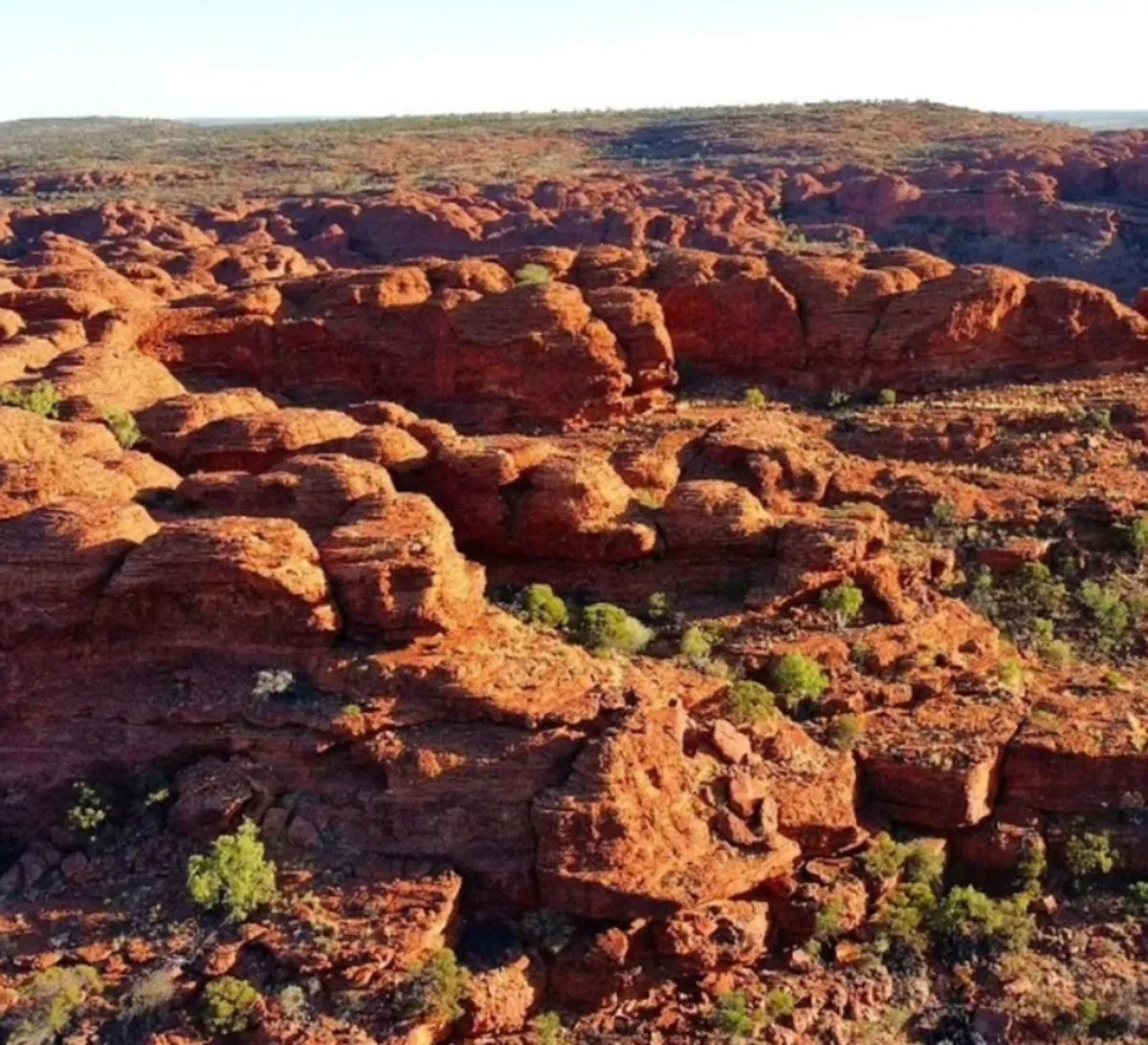
What To See And Do
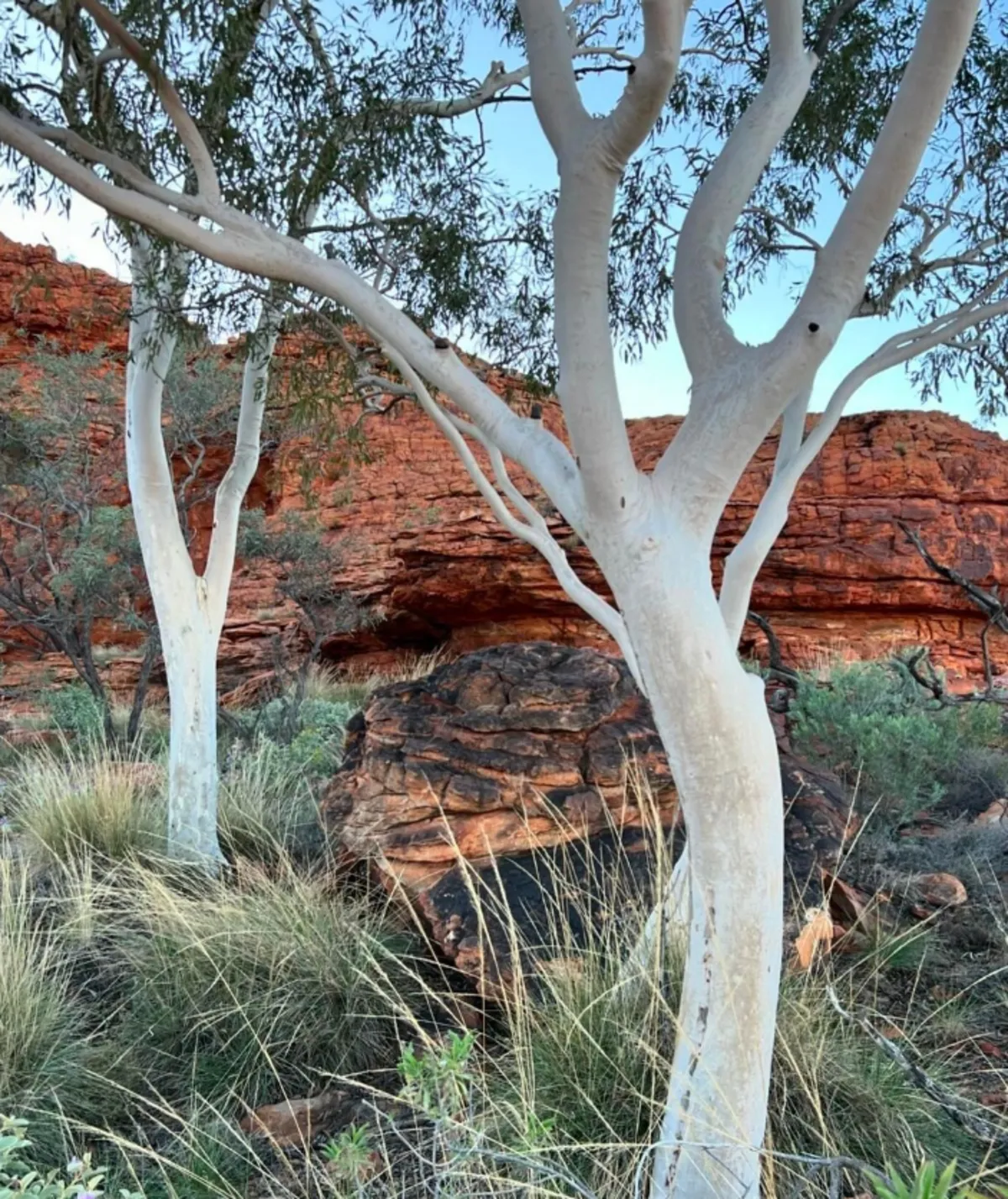
Iconic Walking Trails
Let us now turn our attention to some familiar paths that always give one an amazing panoramic view when coming close to wild animals:
Kings Canyon Rim Walk: This coolest hike is tough, but the result is always worth it, with breathtaking views of the canyon and the desert around.
Kings Creek Walk: More easily accessible walk will take you up to a viewing platform with incredible view over Kings Creek.
Cultural Experiences
Opening Hours
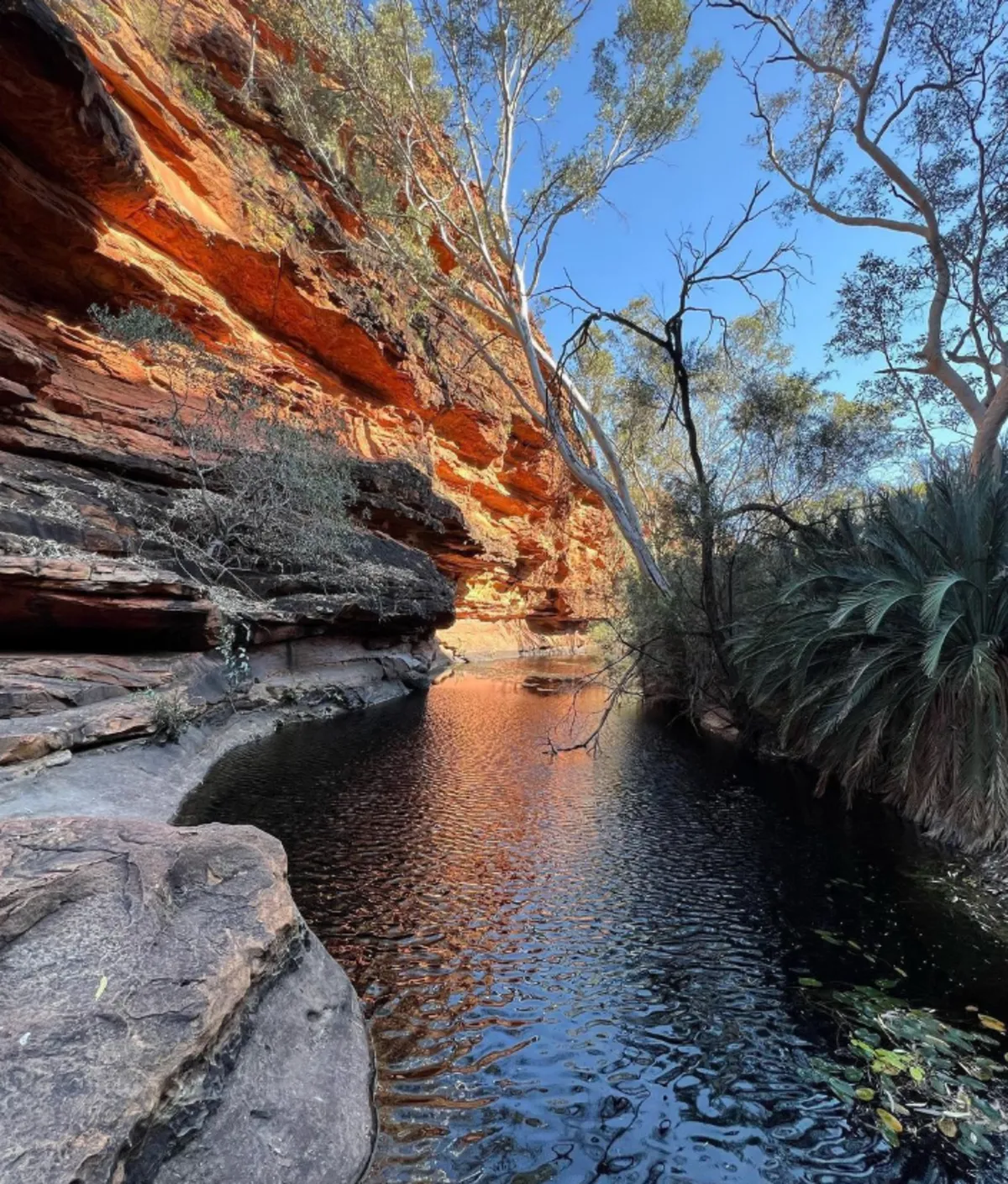
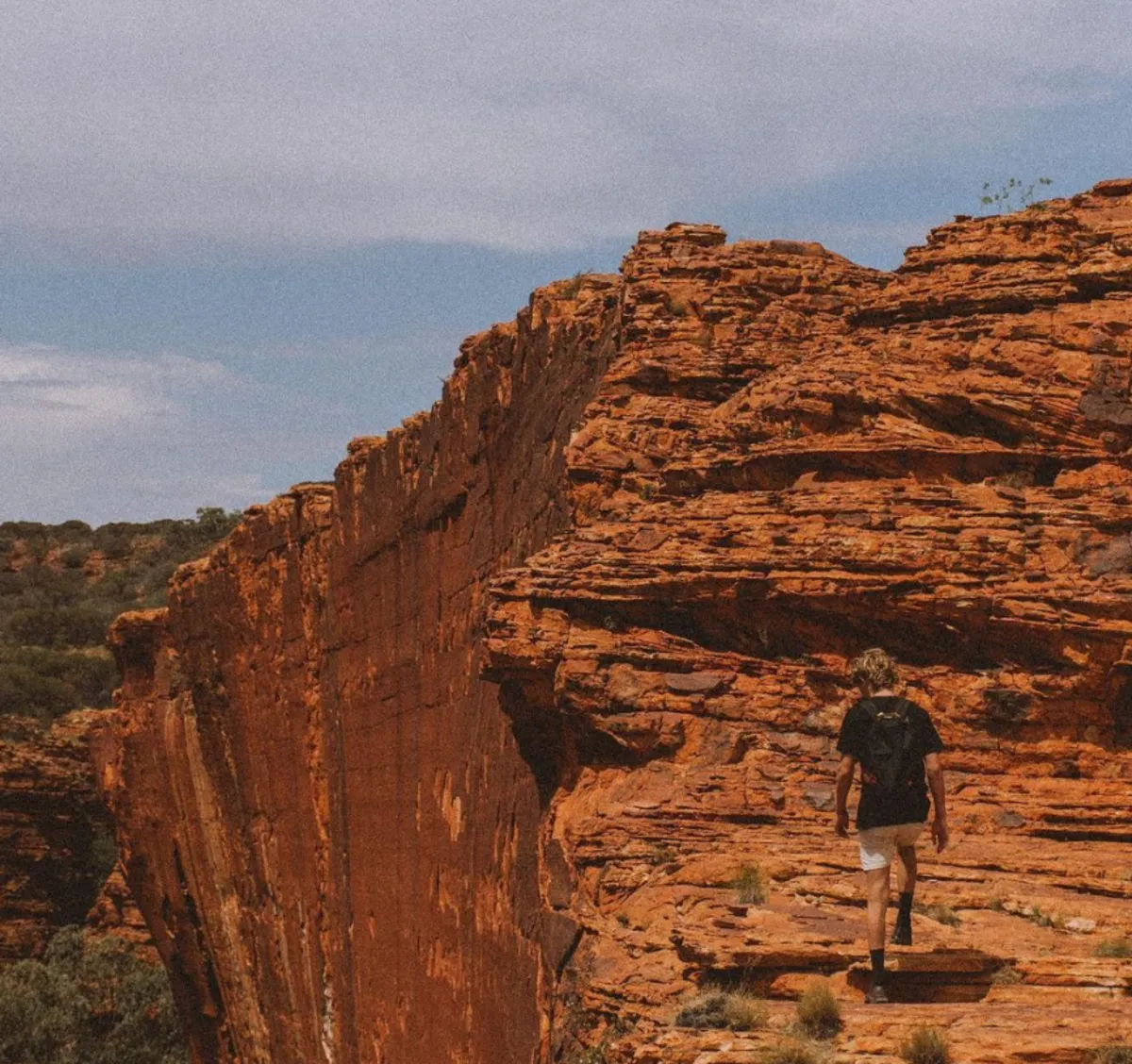
Safety
This is because of the park’s isolation from civilization and harsh environmental extremes. In order to ensure a safe and enjoyable trip, every person must be well-prepared before visiting it.
Hydration: Given that temperatures often exceed 40 degrees Celsius in summer, one litre of water per hour per adult is a minimum recommendation.
Wildlife: The presence of different species such as snakes and dingoes. It is important to maintain distance from these creatures at all times also not feeding them is very significant for safety reasons.
Navigation: Although main marked trails like Kings Canyon Rim Walk are well signposted, you may take map or compasses or GPS devices when wandering into less populated parts of the park to avoid losing your way.
It goes without saying that awareness and preparation are more likely to make any visit to Watarrka an enjoyable experience devoid of accidents.
Accommodation Options
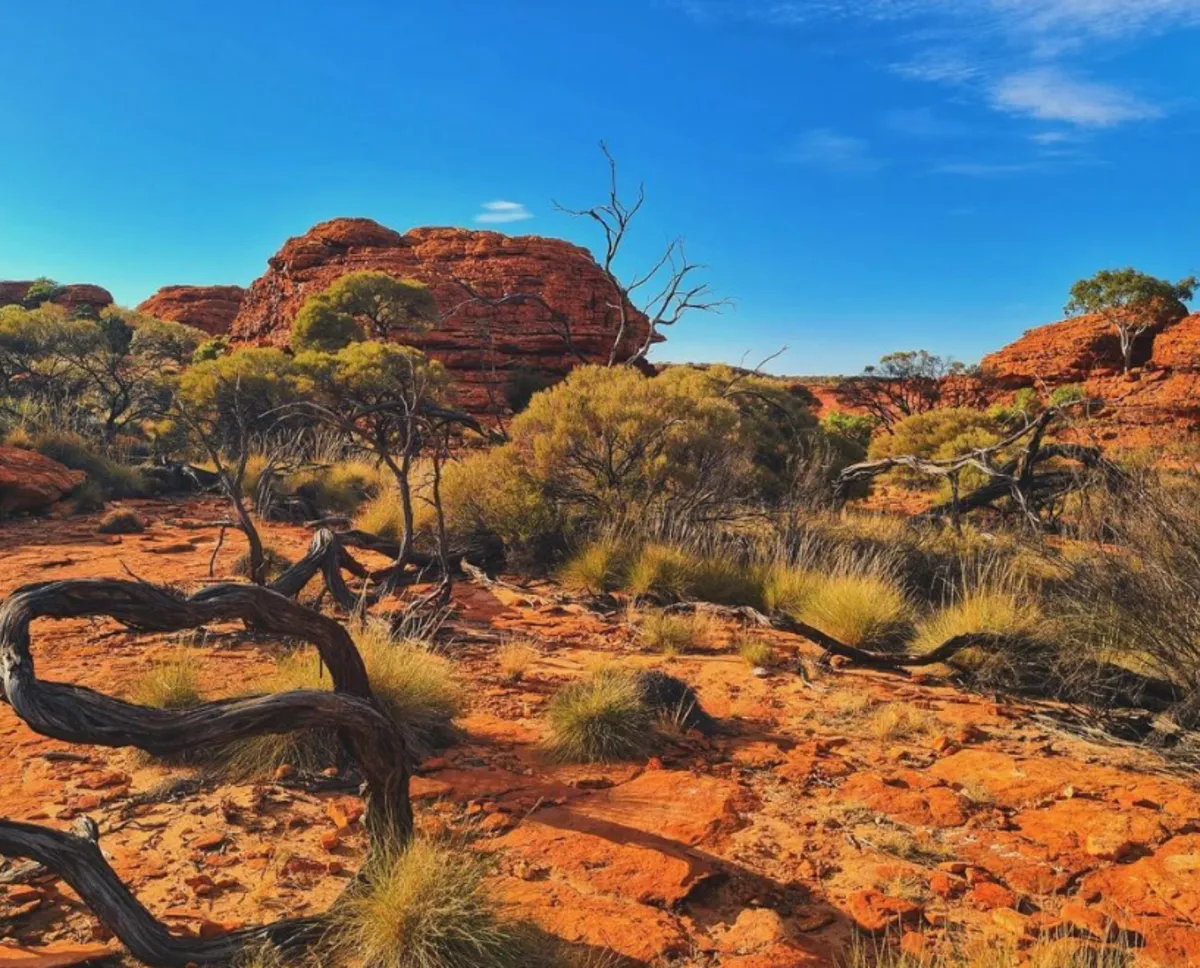
Park Facilities
Watarrka National Park is facilitated by a variety of facilities that contribute to the pleasure and ease of your trip.
Facility Location Description
Visitor Centre Near the park entrance, it holds maps, brochures, and other materials that provide information about the past and geography of the park.
Public Toilets Across the entire park, Major trailheads and picnic areas have clean, accessible restroom facilities.
Picnic Areas Scattered across its territory Clean places with BBQs and tables where families can picnic.
These facilities are managed with eco-sustainability in mind alongside visitor comfort.
Outback Dining
Conclusion
Travelling to Watarrka National Park is more than just visiting; it is stepping into the heartland of Australia’s red centre. Kings Canyon rises majestically above the scenic landscape while aboriginal culture weaves through it all like a rich tapestry. Also, there are many adventurous activities that one can engage in; hence, Watarrka has something for everyone. By valuing this natural environment as well as interacting with this cultural heritage, people can gain maximum enjoyment from this wonderful national park. Therefore, every trip to this national park creates an opportunity for everlasting moments of reflection upon and a deeper understanding of Australia’s rich natural heritage. Each visit there becomes highly transformative.
FAQ
How do I avoid crowds at Watarrka National Park?
Can I bring my pet to Watarrka National Park?
Can I fly a drone in Watarrka National Park?
What should I do if I come across a snake on the trail?
Remain calm, avoid contacting or irritating it, and slowly back away from that place. If possible, inform park employees.
Is there any risk of bushfires in the park?
Bushfires may occur during this period, especially during the summer months. It is always important to check fire warnings and follow all instructions about fire prevention within the park.

